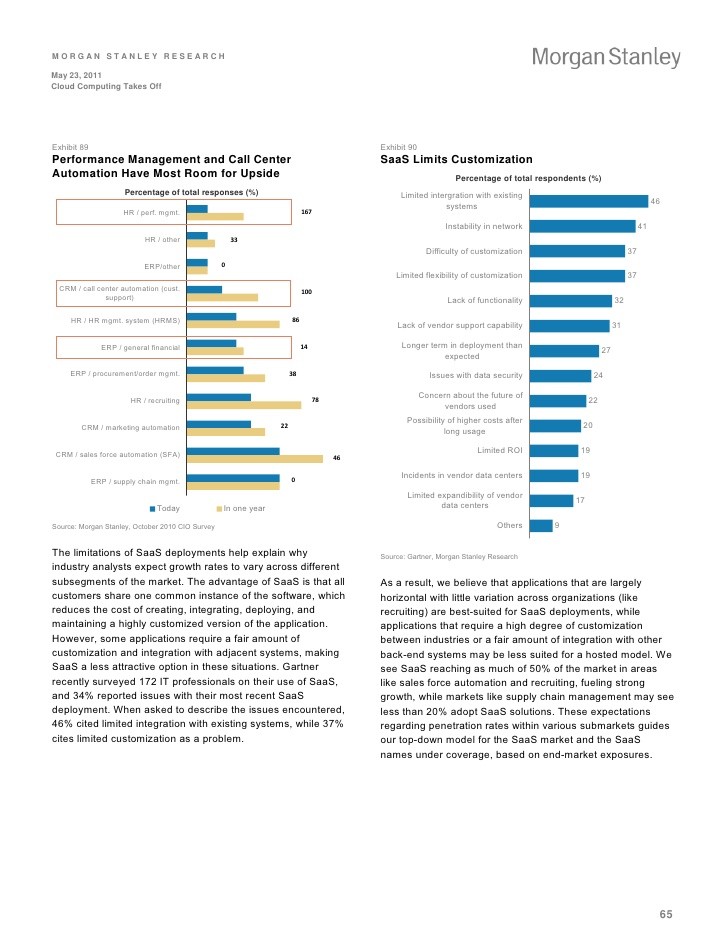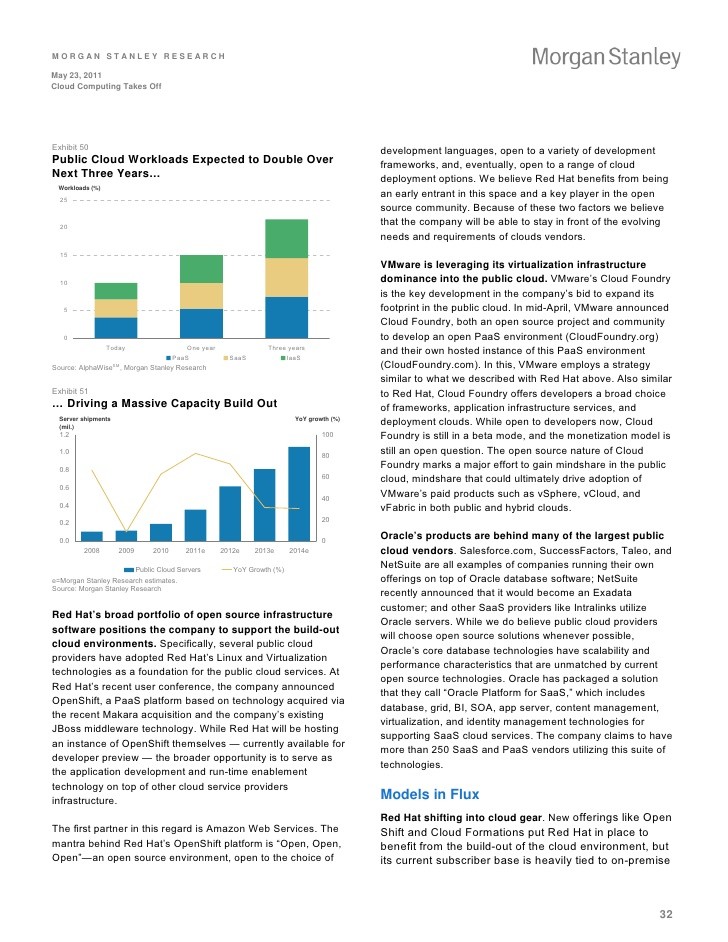Analysis Of Oracle s Asset Utilization Liquidity And Solvency Oracle Corporation (NYSE ORCL)
Post on: 12 Май, 2015 No Comment

Shares of Oracle Corporation (NYSE:ORCL ) are trading well off of its March high following the fiscal third quarter earnings report; the report disappointed investors. Oracle’s sales growth slowed primarily because of a decline in hardware sales. Hardware sales at IBM (NYSE:IBM ) also declined. Oracle’s share price rose in recent weeks as investors accumulated shares following the decline.
Given the decline in the share price, what should investors do with shares of Oracle? Should investors put new money to work long shares of the technology giant? To answer those questions, analysis of Oracle’s asset utilization, liquidity, and solvency will be reported. At the end is a conclusion.
Investors should maintain a safe exposure to the share price of Oracle.
Oracle: Activity Analysis
Asset utilization ratios measure how well a company manages various activities, particularly how efficiently it manages various assets. These ratios reflect the efficient management of both working capital and longer term assets: Receivables turnover, days of sales outstanding, working capital turnover, and total assets turnover.
Receivables turnover and days of sales outstanding measure how quickly the company collects cash from customers to whom it offers credit. In this instance, Oracle’s accounts receivables turnover ratio increased substantially from the end of fiscal 2012 to the end of the third quarter of fiscal 2013. That could indicate highly efficient credit and collection, or it could indicate sales being lost to competitors. In this case, I think it indicates sales being lost to competitors: Accounts receivable declined substantially during the first three quarter of the year and sales growth slowed. When Oracle releases its fourth quarter earnings, I will be checking the accounts receivables number to see if it continued to trend lower.
The working capital ratio indicates how efficiently the company generates revenue with its working capital. Oracle’s working capital ratio is trending lower: the indicator suggest declining efficiency. That is consistent with my previous interpretation: Oracle is not becoming more efficient; it could be losing sales to competitors.
The total asset turnover ratio measures the company’s overall ability to generate revenue with a given level of assets. Oracle’s total asset turnover ratio is trending lower; this indicator suggests Oracle is becoming less efficient.
In summary, Oracle is becoming less efficient and could be losing sales to competitors.
Oracle: Liquidity Analysis
Liquidity analysis measures a company’s ability to meet its short-term obligations. Liquidity measures how quickly assets are converted into cash. Liquidity ratios (current, quick, and cash) also measure a company’s ability to pay off short-term obligations.
The current ratio expresses current assets in relation to current liabilities. The current ratio suggests Oracle’s liquidity position is improving and continued to improve during the first three quarters of the fiscal year. The increase in liquidity, based on the current ratio, is mostly attributable to a decrease in current liabilities. The current ratio — the broadest measure of liquidity — suggests Oracle’s liquidity position improved.
The quick ratio is more conservative than the current ratio because it includes only the more liquid current assets. The quick ratio is trending higher and continued to trend higher during the first three fiscal quarters of the year, but accounts receivable is trending lower. The quick ratio suggests Oracle is becoming more liquid. The current and the quick ratio confirm the improvement in Oracle’s liquidity position.
The cash ratio normally represents a reliable measure of an entity’s liquidity in a crisis situation. The cash ratio is trending higher and continued to trend higher during the first three fiscal quarters of 2013. The increase in the cash ratio is mostly attributable to a decline in current liabilities. The current ratio suggests Oracle’s liquidity is improving. The current, quick, and cash ratios suggest Oracle’s liquidity position is improving.
Oracle’s liquidity position is improving because of a decline in current liabilities. Given the economic picture in the U.S. and my forecast of Oracle’s continued profitability, I expect Oracle’s liquidity position to remain rock solid. Oracle may use some of its excess liquidity for acquisitions. But, investors need to monitor sales growth and the accounts receivable balance.
Oracle: Solvency Analysis
Solvency refers to a company’s ability to fulfill its long-term debt obligations. Assessment of a company’s ability to pay its long-term obligations generally includes an in-depth analysis of the components of its financial structure. Solvency ratios (debt-to-assets, debt-to-equity, debt-to-capital, financial leverage, and interest coverage) provide information regarding the relative amount of debt in a company’s capital structure and the adequacy of earnings and cash flow to cover interest expenses and other fixed charges as they come due.
The debt-to-assets ratio measures the percentage of total assets financed with debt. In the second fiscal quarter, Oracle increased the percentage of total assets financed with debt from 19 percent to 25 percent. The debt-to-assets ratio suggests Oracle became less solvent. But, debt can lower a company’s cost of capital and increase returns to shareholders.
The debt-to-capital ratio measures the percentage of a company’s capital represented by debt. In the second fiscal quarter, Oracle increased the percentage of capital represented by debt from 25 percent to 31 percent. A higher debt-to-capital ratio indicates weaker solvency, but higher debt levels can also inflate returns to shareholders. The debt-to-assets and debt-to-capital ratios suggest Oracle became less solvent.

The debt-to-equity ratio measures the amount of debt capital relative to equity capital. In the first quarter of fiscal 2013, the debt-to-equity ratio was reported as 0.34; in the third quarter of fiscal 2013, the debt-to-equity ratio was reported as 0.45. In terms of the capital structure, Oracle uses substantially less debt than equity financing. The debt-to-equity ratio suggests Oracle’s solvency position deteriorated. Thus far, all of the solvency indicators suggest Oracle became less solvent.
The financial leverage ratio measures the amount of total assets supported by one money unit of equity. The financial leverage ratio is trending lower, but increased in fiscal 2013. That suggests that total assets are increasing slower than equity. The financial leverage ratio suggests Oracle is becoming more solvent. Consequently, only the financial leverage ratio, of the solvency ratios examined thus far, suggests Oracle became more solvent.
The interest coverage ratio measures the number of times a company’s earnings before interest and taxes could cover its interest payments. This ratio is trending higher. That suggests Oracle is becoming more solvent. Three out of the five indicators suggest Oracle is becoming less solvent.
In summary:
Oracle issued fixed-income securities during fiscal 2013, which adversely impacted the solvency ratios.
The issuance of debt by Oracle could inflate returns to common equity shareholders.
The financial leverage and interest coverage ratios suggest Oracle is becoming more solvent.
Conclusion
Oracle’s activity ratios indicate that the firm may be losing sales to competitors. The liquid ratios indicate that the firm is becoming more liquid. Finally, the solvency ratios suggest the increased use of leverage could inflate shareholder returns. Consequently, I am long-term bullish on shares of Oracle, but there could be some underlying weakness in the business.
Disclosure: I have no positions in any stocks mentioned, and no plans to initiate any positions within the next 72 hours. I wrote this article myself, and it expresses my own opinions. I am not receiving compensation for it (other than from Seeking Alpha). I have no business relationship with any company whose stock is mentioned in this article.














